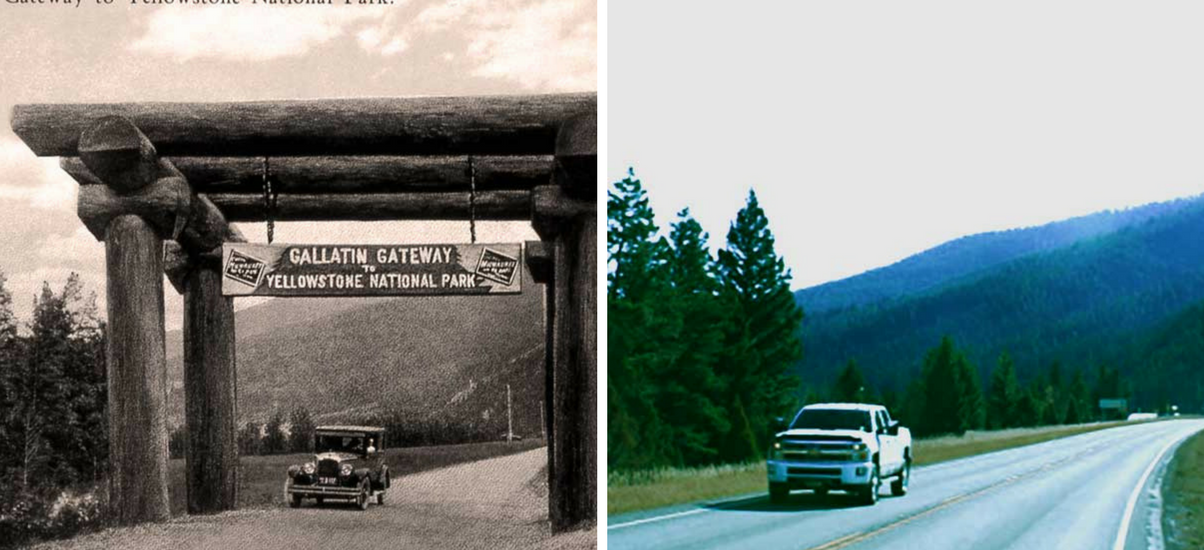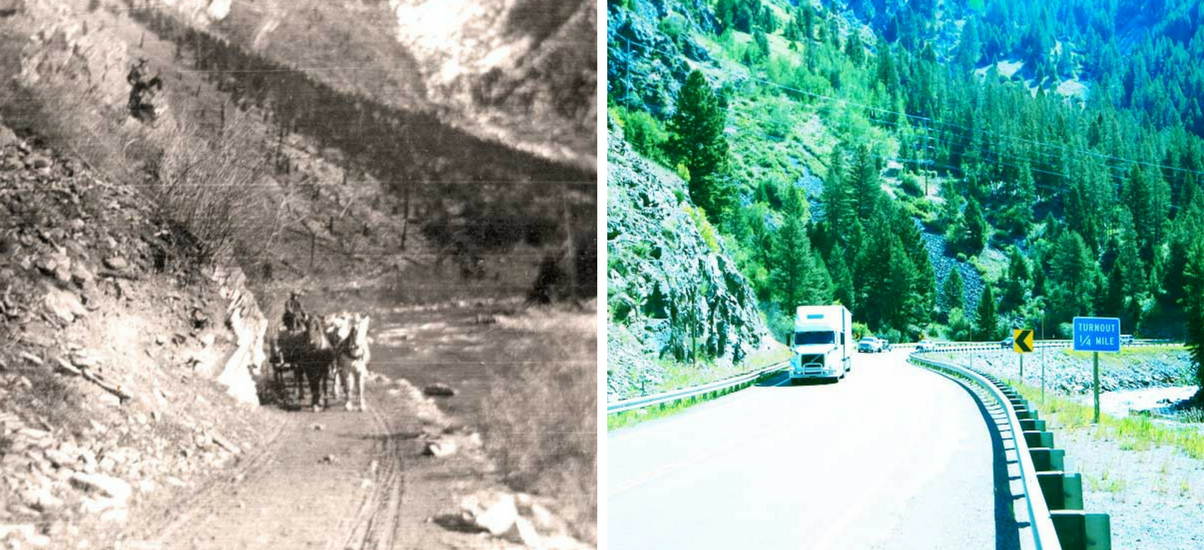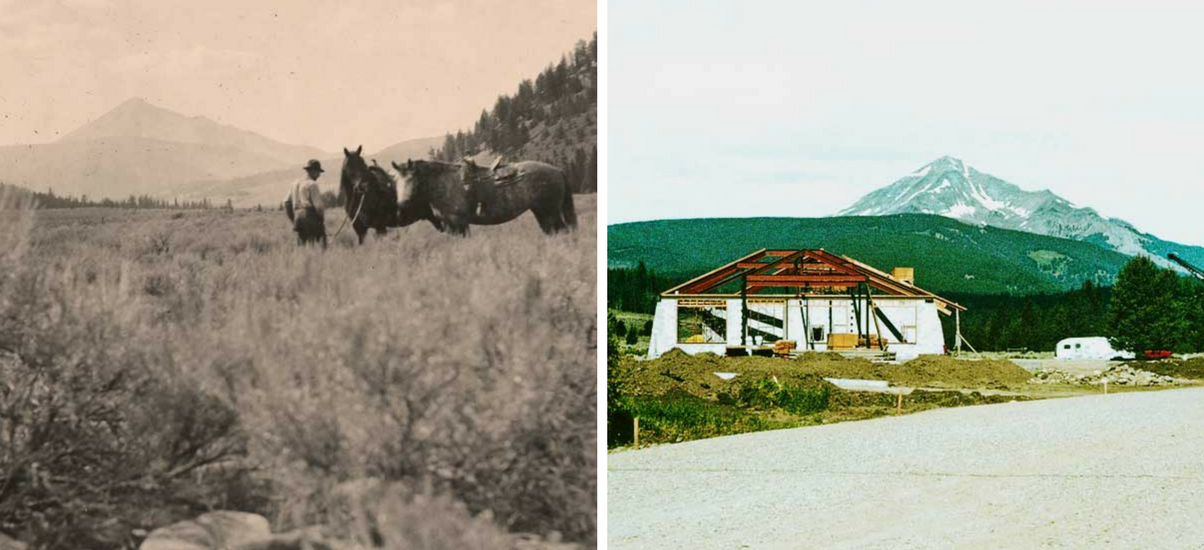By Dr. Duncan Patten, Hydro-ecologist
Don’t miss “Of Wilderness and Resorts: 150 Years of Change in Gallatin Canyon and Big Sky” on March 16th at 6:00 PM at the Warren Miller Performing Arts Center. Join us to engage in the intersection of past and present and explore the region’s evolution from ranches…to resorts…to a tourism economy.
The evening will include a showing of From Homesteads to Huntley, a documentary that chronicles Big Sky’s history from its early days as a tiny ranching community to the opening of Big Sky Resort under Chet Huntley’s guiding vision. The film will be accompanied by a presentation from author, professor, and hydrologist, Dr. Duncan Patten, sharing “then” and “now” photos of Gallatin Canyon and Big Sky from his book: The Gallatin Way to Yellowstone – A Changing Pathway Through Time.
The book and the talk, which will describe the book, uses repeat photography, that is a comparison of historic photos and modern retakes of the same location, to show how places and the landscape change (or do not change) over time.
The location is the Gallatin Canyon from its mouth just south of Gallatin Gateway to West Yellowstone. This route, once called the Gallatin Way, was used by many who traveled to the west gate of Yellowstone National Park in West Yellowstone. This was especially true for ‘tourists’ that stayed at the Gallatin Gateway Inn, owned by the Milwaukee Railroad, who were bused through the Canyon to the Park.
Many historic images date before 1900 or in the very early 1900’s showing both limited development in the Canyon and the condition of the road which eventually opened all the way to West Yellowstone in 1914. Historic ‘guest’ ranches developed along the way following miners and cattle ranching. Some of the very early ‘guest’ ranches were Karst’s Cold Springs Ranch (mid-canyon), Michener’s cabins at West Fork, Halfway Inn (originally called Dew Drop Inn and now Rainbow Ranch), Buffalo Horn Ranch (now 320 Ranch), and Nine Quarter Circle Ranch, which evolved from a cattle ranch. In the 1920’s, Elkhorn Ranch and Covered Wagon Ranch were established.
All the while the road continued to improve with gravel in the 1920’s and ‘pavement’ in the mid-1930’s. The 1950’s and 1960’s saw a major upgrade and change of location in many places for the highway. In 1908, railroad service was added to West Yellowstone which greatly impacted ‘tourist’ business to the west gate of Yellowstone NP. Increased use of personal cars eventually put the Gallatin Gateway Inn out of business.
 In 1929, the northwest corner of Yellowstone National Park was added to protect the petrified wood ‘forests’ in that area. This corner of the Park had been ‘managed’ by the Army until 1918 when the National Park Service was established and took over the Park. The foundation of the old Soldier’s Station is still evident in the NW corner of the Park.
In 1929, the northwest corner of Yellowstone National Park was added to protect the petrified wood ‘forests’ in that area. This corner of the Park had been ‘managed’ by the Army until 1918 when the National Park Service was established and took over the Park. The foundation of the old Soldier’s Station is still evident in the NW corner of the Park.
The Canyon saw major changes with the development of Big Sky Resort in the early 1970’s and tourist business in the Canyon and West Yellowstone greatly increased about that time. It is interesting to note that many pairs of historical and modern photos show few changes while others, especially where there is development, show major changes over time. Change is inevitable, even if not caused by humans.
This event is hosted by the Gallatin River Task Force and Historic Crail Ranch Homestead Museum and sponsored by Kristin Kern. Learn more about the history of the Gallatin River here.

